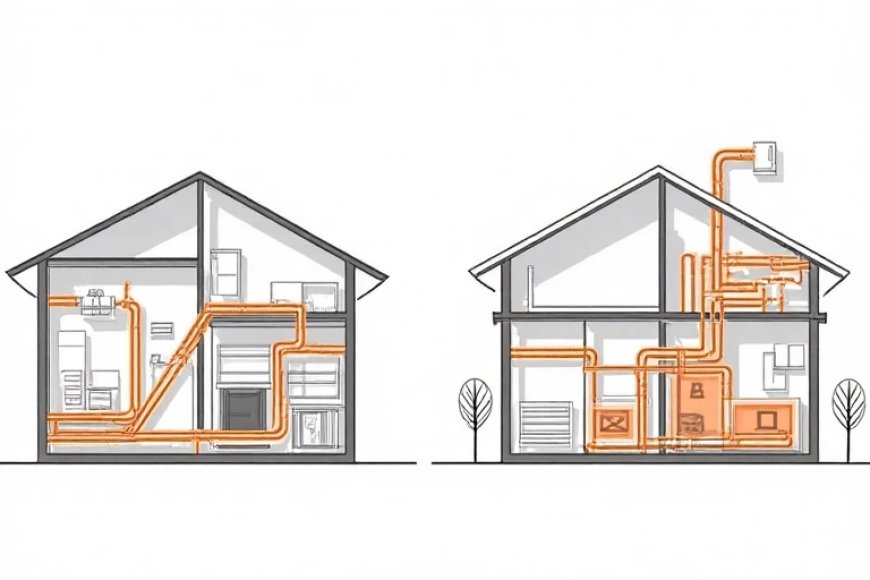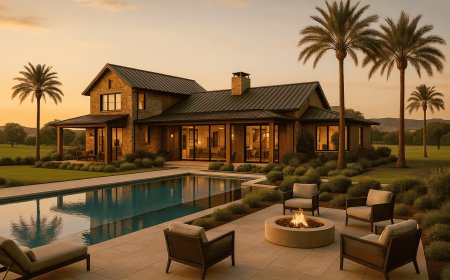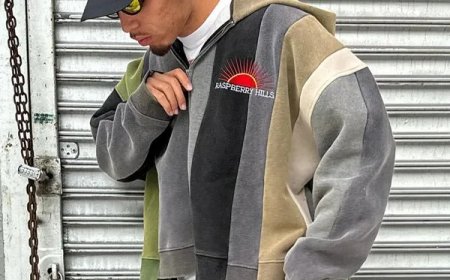Choosing Between Heat Pumps and Traditional Heating Systems: A Comprehensive Guide

When it comes to maintaining a warm and comfortable home, selecting the most suitable heating system is crucial. With a variety of options available, homeowners often find themselves weighing the benefits and drawbacks of traditional heating methods against modern, energy-efficient solutions like heat pumps. This guide explores the key considerations in choosing between heat pumps and traditional heating systems, alongside insights into MVHR ventilation, underfloor heating, and heated floors, to help you make an informed decision.
The Rise of Heat Pumps in Modern Heating Solutions
In recent years, heat pumps have gained popularity across the UK as a sustainable alternative to conventional heating systems. These devices work by extracting heat from the environmentbe it air, ground, or waterand transferring it into the home. The primary advantage of heat pumps is their high efficiency, which can significantly reduce energy bills and carbon footprint. With government incentives and an increasing focus on eco-friendly living, many homeowners are considering heat pumps as their primary heating source.
Compared to traditional systems such as gas boilers or electric heaters, heat pumps operate more quietly and require less maintenance. They are particularly suitable for homes integrating MVHR ventilation systems, as the combined efficiency of heat recovery and heat pump technology can optimise overall energy performance. Furthermore, underfloor heating is often paired with heat pumps to distribute warmth evenly and efficiently across living spaces, enhancing comfort levels.
Traditional Heating Systems: Reliability and Familiarity
While heat pumps offer numerous benefits, traditional heating methods, including gas boilers, electric radiators, and storage heaters, continue to be popular due to their established performance and ease of use. These systems are familiar to many homeowners and often involve lower upfront costs, though they may incur higher operational expenses in the long run.
Traditional heating systems are typically compatible with heated floors and underfloor heating, providing a comfortable and consistent warmth. For example, central heating radiators are a common feature in older homes, and upgrading to underfloor heating can be a straightforward process, especially where existing infrastructure allows. However, these systems tend to be less energy-efficient compared to heat pumps, particularly if they rely on fossil fuels, which have increasingly stringent regulations in the UK.
Integrating MVHR Ventilation with Heating Systems
One of the most significant advancements in home comfort is the integration of MVHR (Mechanical Ventilation with Heat Recovery) systems. These ventilation units use heat exchangers to recover warmth from stale air before expelling it outside, then transfer that heat to incoming fresh air. When combined with heat pumps, MVHR systems can dramatically improve the overall energy efficiency of the home.
MVHR ventilation not only ensures a steady supply of fresh, filtered air but also reduces heat loss, making the entire heating system more effective. This synergy is especially beneficial in well-insulated homes where underfloor heating and heated floors are installed, creating an environment that maintains warmth with minimal energy expenditure. Conversely, traditional heating systems can also be paired with MVHR, but their efficiency gains are typically less pronounced.
The Role of Underfloor Heating and Heated Floors
Underfloor heating has become increasingly popular as a modern alternative to radiators, offering a sleek and unobtrusive way to heat living spaces. This method works well with heat pumps, which can efficiently supply the necessary warmth, especially when paired with heated floors. The radiant heat from underfloor heating provides consistent warmth, eliminating cold spots and creating a cosy environment.
Heated floors are particularly advantageous in areas like bathrooms and kitchens, where the comfort of warm feet enhances the overall living experience. Installing underfloor heating involves laying pipes or electric mats beneath the floor surface, which then radiate heat evenly throughout the room. While traditional systems like radiators can also be used with heated floors, heat pumps tend to be more compatible due to their lower operating temperatures and higher efficiency.

Making the Right Choice: Factors to Consider
Choosing between heat pumps and traditional heating systems depends on several factors, including the age and insulation of your home, budget, environmental goals, and personal comfort preferences. Here are some essential points to consider:
-
Energy Efficiency and Running Costs: Heat pumps generally offer lower running costs and reduced emissions, especially when integrated with MVHR ventilation and underfloor heating. Traditional systems may be cheaper initially but tend to be less efficient over time.
-
Installation and Upfront Costs: While heat pumps require a higher initial investment, their long-term savings often offset this. Conversely, upgrading to heated floors or installing MVHR systems can be done gradually, allowing for phased improvements.
-
Compatibility with Existing Infrastructure: If your home already has radiators, switching to underfloor heating might involve significant renovation, whereas a heat pump can often be integrated with existing radiators if they are compatible.
-
Environmental Impact: For eco-conscious homeowners, heat pumps combined with MVHR ventilation and heated floors represent a sustainable choice, significantly reducing carbon emissions compared to traditional fossil-fuel-based systems.
-
Home Insulation: Well-insulated homes benefit more from heat pumps and MVHR ventilation, maximising energy efficiency. In poorly insulated homes, traditional systems might provide more immediate warmth but at a higher operational cost.
Conclusion
Deciding between heat pumps and traditional heating systems is a complex choice that hinges on your homes specific needs, budget, and environmental considerations. Modern solutions like heat pumps combined with MVHR ventilation and underfloor heating or heated floors offer significant advantages in comfort, efficiency, and sustainability. However, traditional systems still hold relevance, especially in older properties or where budget constraints exist.
In the end, a well-considered approach that assesses the integration of these technologies can optimise home comfort while reducing energy consumption and environmental impact. Whether upgrading an existing system or planning a new build, understanding the interplay of heat pumps, MVHR ventilation, and underfloor heating will guide you toward the most suitable and future-proof heating solution.








































